About Us
Introducing Jegog Suar Agung
Jegog is a traditional music from Jembrana, Bali, performed using giant bamboo instruments. Jegog is not only entertainment but also a symbol of unity and cultural identity for the people of Jembrana, bringing the sound of Bali to the world stage.
Jegog gamelan is a type of gamelan unique to Jembrana, Bali, which uses large bamboo (bambu petung) as the main material for its musical instruments. The sound produced is very strong and deep, creating an energetic and majestic atmosphere.
The name “Jegog” itself comes from the name of the largest blade in the gamelan ensemble that produces the lowest note
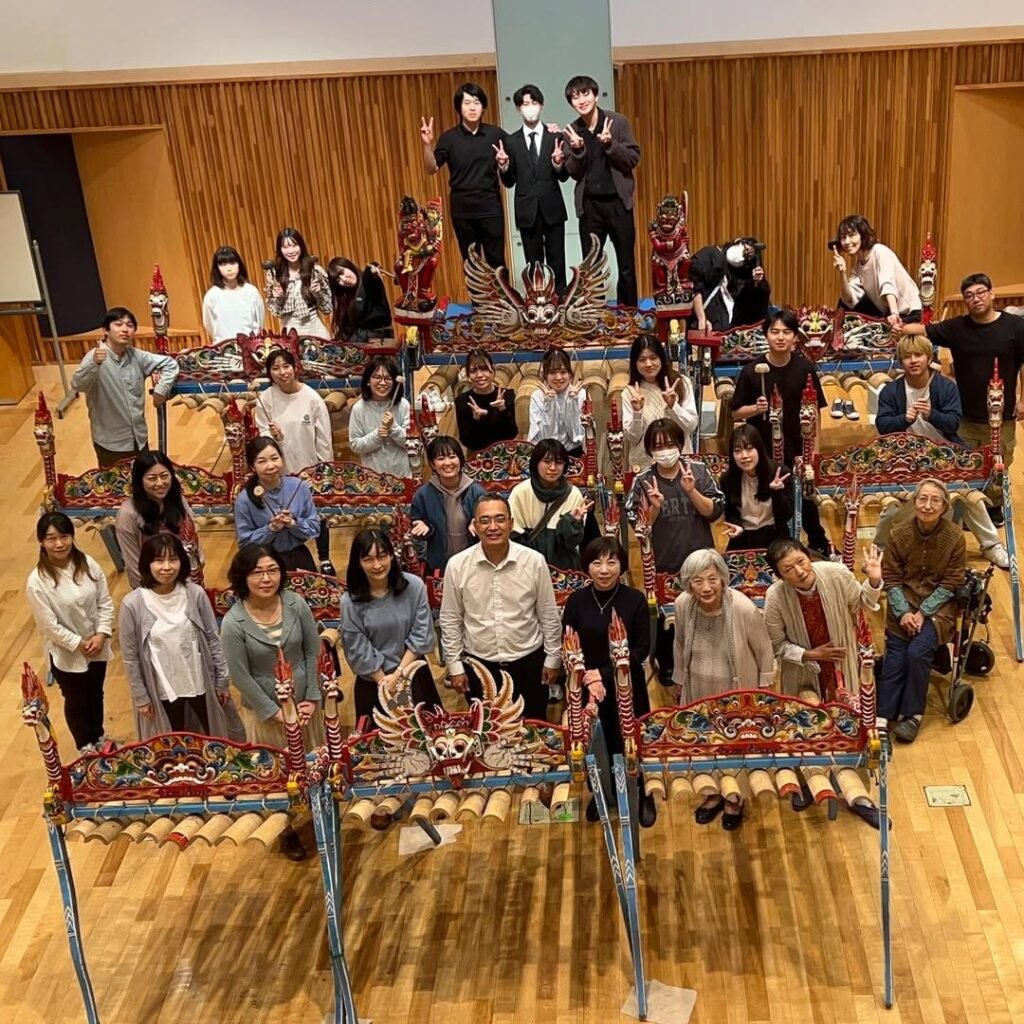
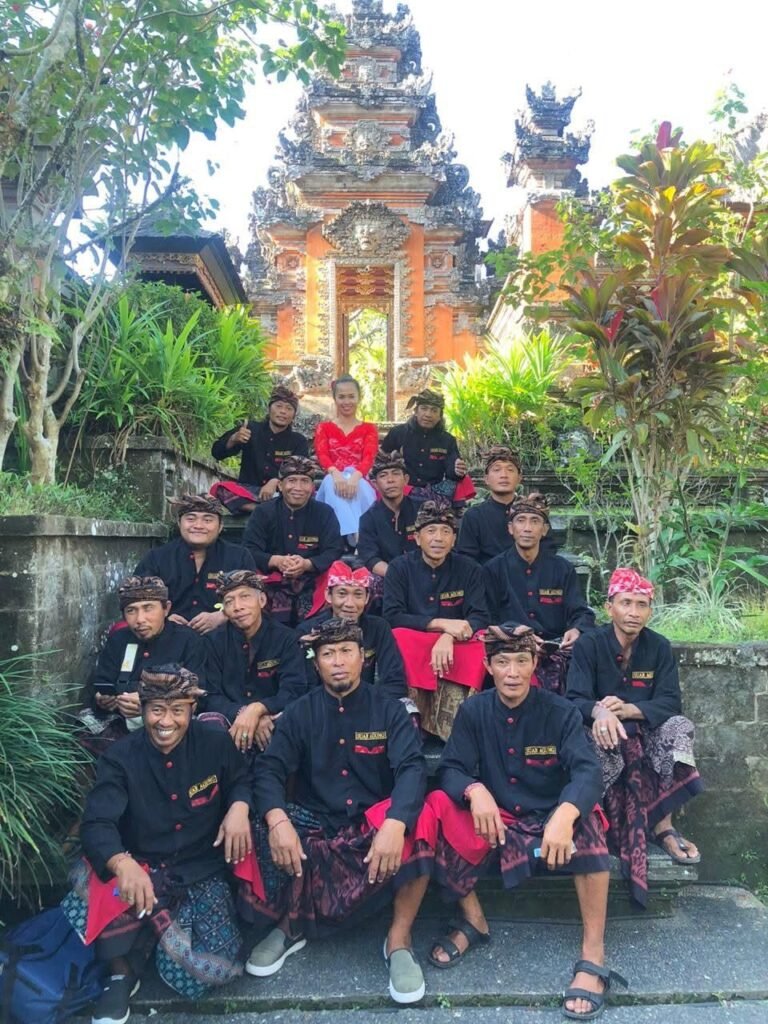
Characteristics of Jegog

Made from large bamboo as a resonator and tone bars.
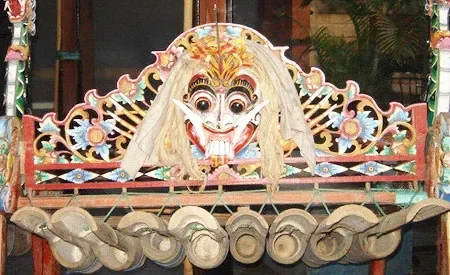
It has eight tones (a complete octave) with a Balinese tuning system.
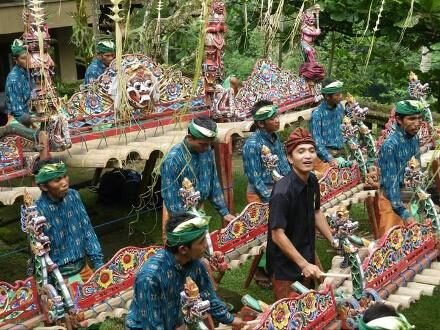
The sound is loud and deep, and can be heard from a long distance without amplification.
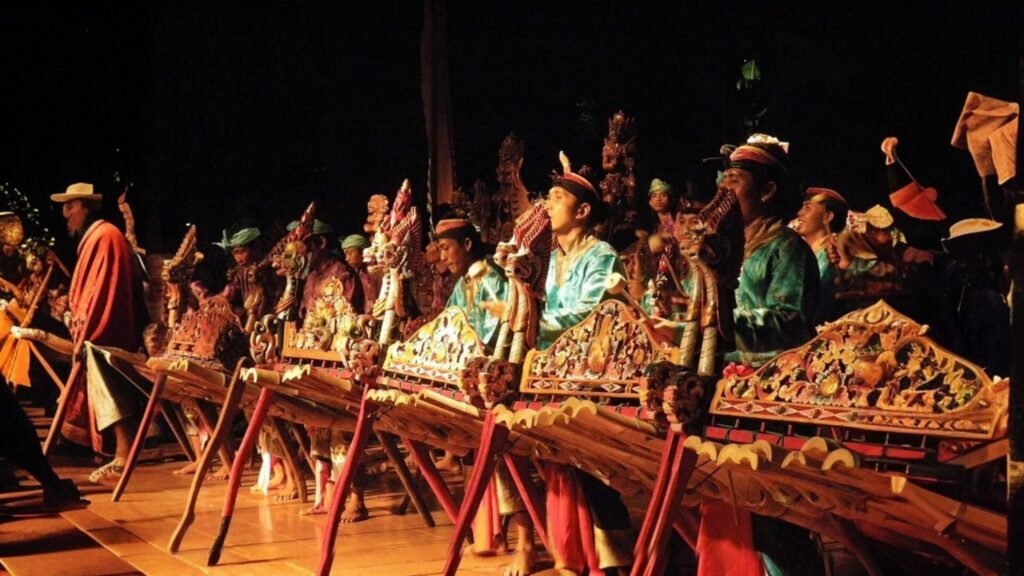
It is usually played by around 20–30 musicians.
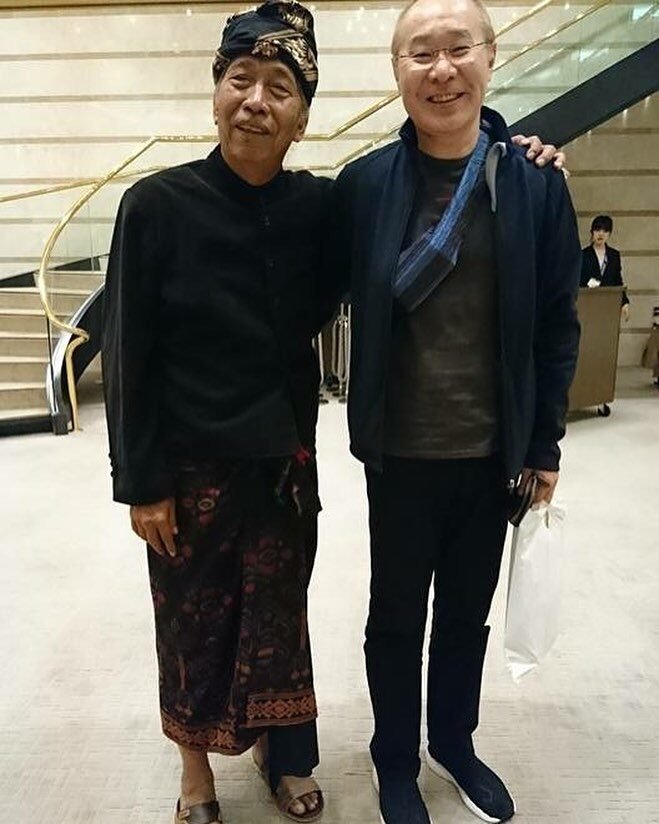
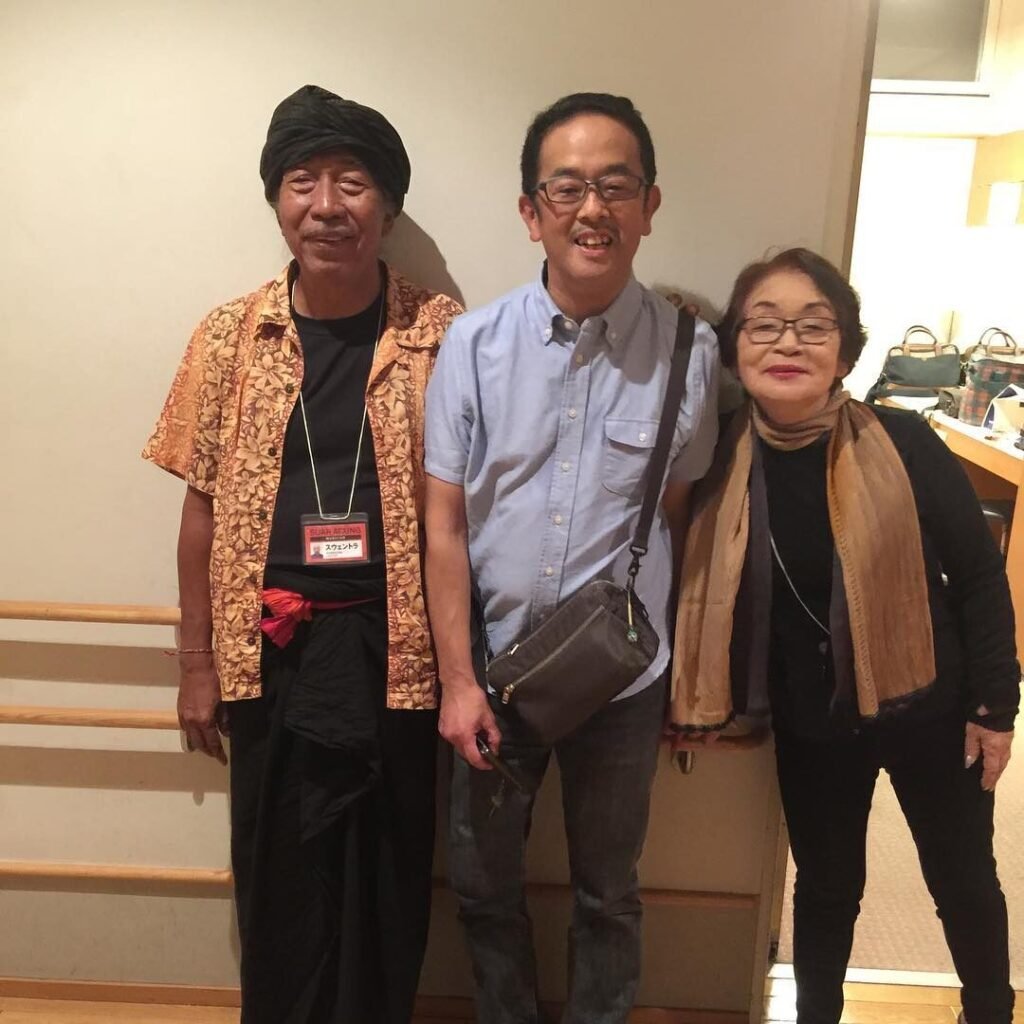
The Maestro Behind Jegog’s Global Legacy
Behind its global recognition stands Pekak Jegog Ketut Suwentra, a maestro who, since the 1970s, pioneered the introduction of jegog to national and international audiences. He transformed jegog into a cultural treasure admired worldwide.
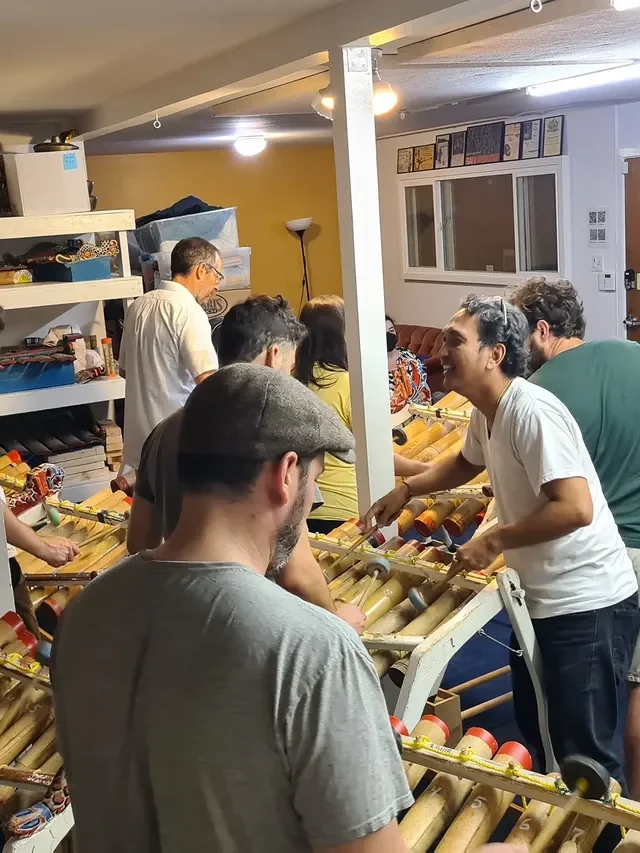
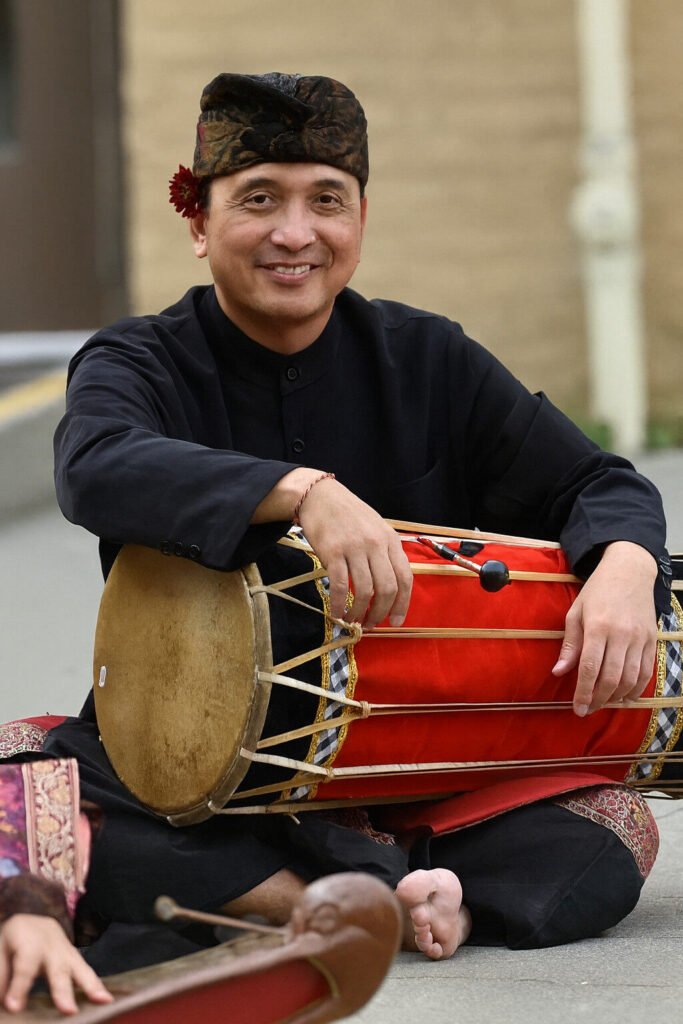
The Next Chapter of Jegog Suar Agung
Today, his son I Gede Oka Artha Negara continues this legacy, preserving and developing jegog so it remains relevant and celebrated across generations. Their performances unite ancestral spirit and modern creativity through the thunderous voices of bamboo.
Jegog Gamelan Performance
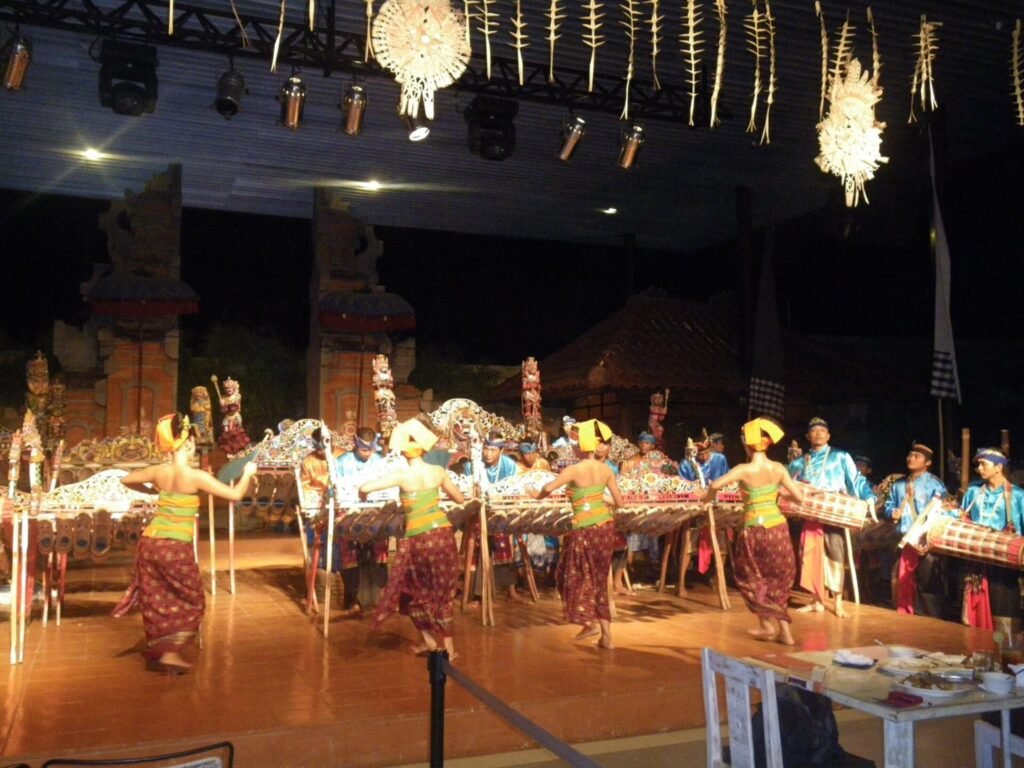
Functions and Meaning
Jegog performances are often used for:
- Traditional and religious ceremonies in Bali.
- Cultural festivals and art parades.
- Public entertainment (sometimes accompanied by dancing).
Performance Format
Performances usually begin with a strong rhythmic opening (a kind of vocal warm-up), followed by fast and dynamic melodies played in call and response between high and low instrument groups.
Sometimes, the performance is also accompanied by:
- Traditional Balinese dances, such as the Trunajaya Dance or Baris Dance.
- In its modern version, Jegog is also combined with contemporary music or world orchestras.
Performance Atmosphere
The audience usually sits around the group of performers, allowing them to feel the vibrations of the bamboo directly—a very unique audio-physical experience.
Jegog Gamelan
Classes/Workshops
Jegog classes are usually held at:
Balinese traditional art studios
Art schools/ISI Denpasar
Cultural tourist attractions (such as in Jembrana, Negara, or Ubud)
Class Objectives
- Introduce the history and philosophy of Jegog.
- Teach basic techniques for playing bamboo instruments.
- Develop an appreciation for traditional Balinese culture.
Class Structure
- Introduction to Jegog instruments and notes.
- Practice basic rhythmic patterns (kotekan).
- Melody and dynamics practice.
- Performance simulation (ensemble).
- Mini performance (performance day).
Benefits
- Trains concentration and teamwork.
- Develops musicality and pride in local culture.
- Provides a unique cultural experience for tourists and students alike.
Master Class Gamelan Jegog at Nagoya College of Music Nagoya Japan
History & Achievements
From Jembrana to the World
Jegog flourished in Jembrana in the early 20th century and rose to global fame in the 1970s through Pekak Jegog Ketut Suwentra.
Performed at numerous cultural festivals across Indonesia and worldwide (Japan, Europe, America). More than music, jegog represents togetherness and the strength of Balinese culture.
Now continued by I Gede Oka Artha Negara, ensuring jegog lives on in both local hearts and international stages.

